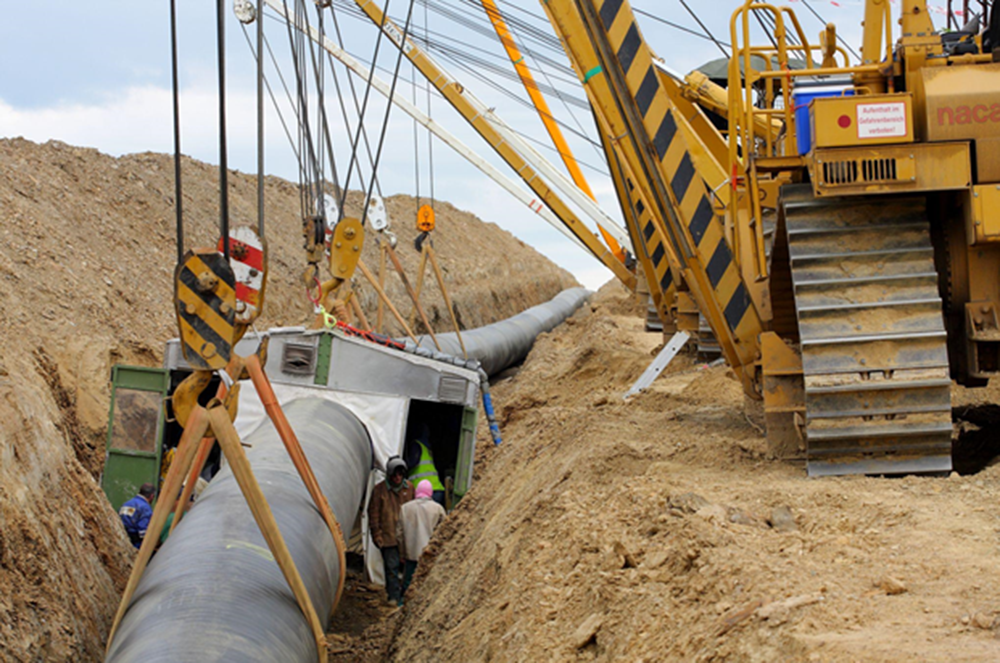Corrosion in oil and gas pipelines is a silent assassin, incrementally eating away at your investments and posing significant safety risks. While various corrosive agents are at play, hydrogen sulfide stands out for its destructive prowess.
You may have heard of hydrogen sulfide as a toxic gas that’s dangerous to human health. Still, its less-discussed but equally perilous role in pipeline corrosion could be costing you far more than you’ve calculated. In fact, hydrogen sulfide reduction is not just a recommendation; it’s a necessity for long-term operational sustainability.
With that suspense-building thought, let’s dive into how hydrogen sulfide is quietly wreaking havoc on your bottom line, and what can be done to mitigate its impact.
The Corrosive Chemistry of Hydrogen Sulfide
What is Hydrogen Sulfide?
Hydrogen sulfide (H2S) is a colorless, flammable gas that comes with a nauseating rotten-egg smell. Originating from natural sources like volcanic eruptions and the decay of plant matter, it also occurs as a by-product in industries like petroleum refining and wastewater treatment.
Although its foul odor makes it easily detectable at low concentrations, it poses significant health risks at higher concentrations. In fact, exposure to elevated levels of hydrogen sulfide can be acutely harmful, leading to respiratory issues and affecting the nervous system.
The Chemical Interactions Behind Corrosion
Hydrogen sulfide is more than just a foul-smelling annoyance; it’s a corrosion initiator. When hydrogen sulfide interacts with oxygen and water—two elements often found in oil and gas environments—it forms sulfuric acid.
This is one of the most corrosive agents that could come in contact with metallic surfaces, leading to what experts term as “sour corrosion.” Over time, this type of corrosion weakens the structural integrity of pipelines, making them brittle and increasing the risk of leaks and failures.
The Rate of Corrosion
The speed at which hydrogen sulfide corrosion occurs can be shocking. Variables such as temperature, pressure, and the presence of other chemicals can influence the rate. In some instances, corrosion can happen at an accelerated rate, leading to premature pipeline failure. This forces companies into a perpetual cycle of repairs and replacements, adding enormous costs to operations.
The Economic Toll
Direct Costs
Direct costs encompass more than the straightforward expenses of patching up corroded sections of a pipeline. They also include the procurement of new materials, specialized labor to perform the repairs, and any transport logistics involved in getting all necessary equipment to the site.
And let’s not forget downtime; when a section of pipeline is down for repair, the halt in production can lead to revenue losses that may dwarf the actual repair costs.
Indirect Costs
Hidden beneath the direct costs are the shadowy figures of indirect expenses. These include potential environmental cleanup costs if a corroded pipeline leaks harmful substances, as well as legal fees and penalties from regulatory bodies.
Moreover, a single incident resulting from corrosion can tarnish a company’s reputation, affecting not just customer trust but also stock value. The ripple effect of neglecting hydrogen sulfide reduction can be extensive, infiltrating various aspects of a business.
Health and Safety Implications
Health Risks
The health implications of hydrogen sulfide are often overshadowed by its corrosive nature.
Concentrations as low as 50 parts per million (ppm) can cause eye irritation, while prolonged exposure to higher levels can lead to pulmonary edema and even loss of consciousness. It’s crucial to remember that when we talk about hydrogen sulfide reduction, we are also talking about reducing risks to human lives.
Safety Measures
Companies cannot afford to skimp on safety measures. Regular inspections using specialized sensors that can detect even low concentrations of hydrogen sulfide are a must. Alarm systems need to be sensitive and reliable, providing immediate alerts so corrective action can be taken.
Ventilation systems that can disperse accumulated gases help maintain a safe working environment. The cost of implementing these measures is a small price to pay for safeguarding human lives and valuable infrastructure.
Mitigation Strategies
Material Selection
One method to deter the corrosive effects of hydrogen sulfide involves selecting materials that are less susceptible to corrosion in the first place. Alloys enriched with chromium, molybdenum, or nickel are better at resisting the corrosive attack but come at a higher upfront cost.
Yet, this initial investment could save money in the long run by reducing the frequency of repairs and replacements.
Chemical Treatments
Chemical treatments like corrosion inhibitors can effectively neutralize hydrogen sulfide. These substances form a protective film on the inner walls of pipelines, preventing the sulfuric acid from interacting with the metal.
While effective, this method also requires regular monitoring to ensure the optimal concentration of the treatment chemicals. Inadequate or excess levels can either lead to ineffectiveness or create new sets of problems, including environmental harm. Therefore, a meticulous approach is needed when implementing chemical treatments.
Conclusion
The role of hydrogen sulfide in corroding oil and gas pipelines is an under-discussed but critical issue. Hydrogen sulfide reduction is crucial not only for maintaining the integrity of your pipelines but also for protecting human health and minimizing both direct and indirect costs.
At 21st Century Energy Solutions Inc., we understand the unique challenges posed by hydrogen sulfide corrosion. We offer highly effective, eco-friendly, and sustainable solutions that are backed by years of research and testing.
Our on-site/on-demand equipment for the production of naturally derived biocides can significantly reduce hydrogen sulfide levels, thereby mitigating its corrosive effects.
Our commitment to innovation and sustainability ensures that we remain the preferred source of solutions for the upstream, midstream, and downstream energy sectors. Don’t let hydrogen sulfide silently chip away at your business. Take action now and reach out to us to discuss how we can help you tackle this lurking threat.

